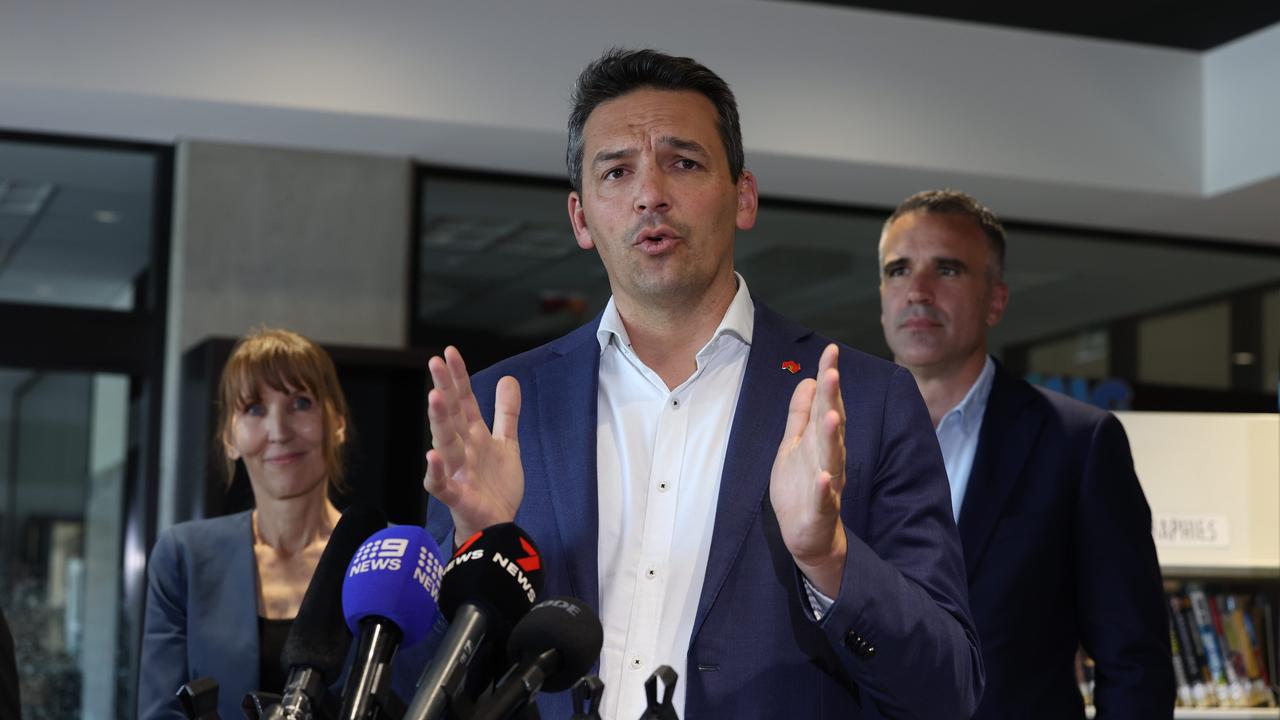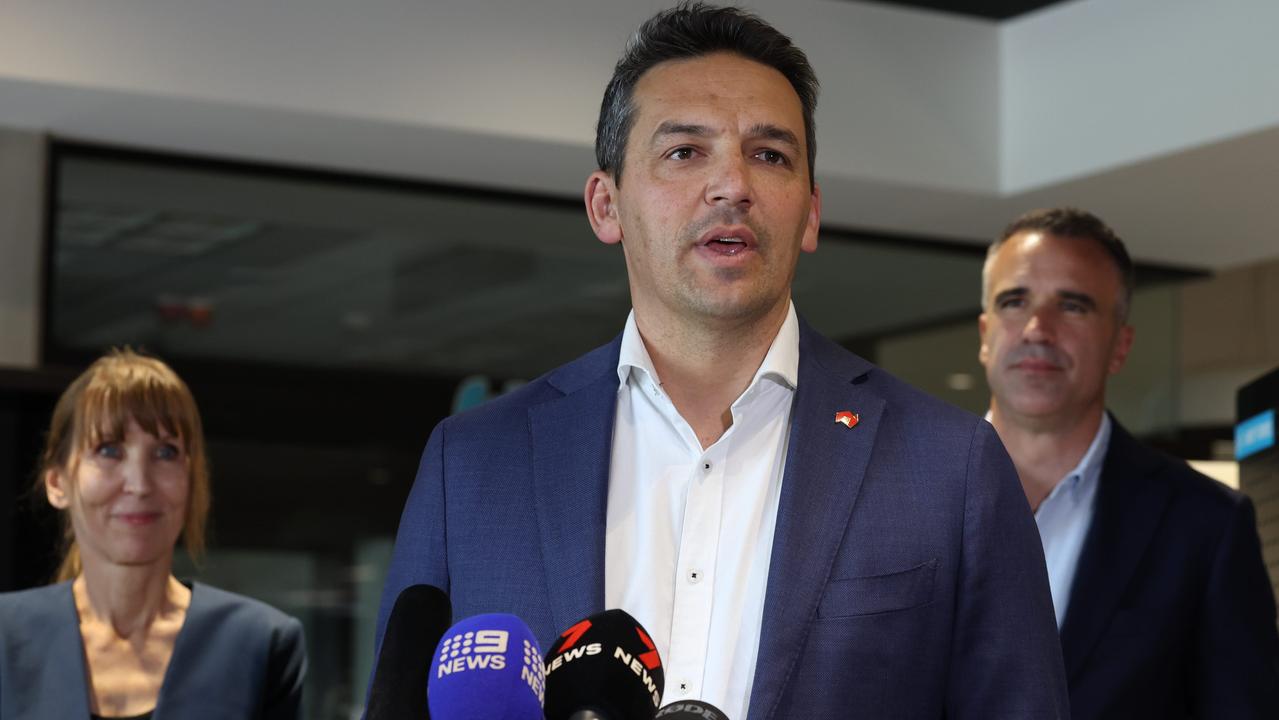Top SA private schools to see federal funding slashed
SA’s top private schools could lose hundreds of thousands of dollars based on their families’ higher incomes – but others are in line to share millions more. See how your school will be affected.

Education
Don't miss out on the headlines from Education. Followed categories will be added to My News.
Changes to how federal funding is calculated mean some of Adelaide’s private schools will be left hundreds of hundreds of thousands of dollars worse off.
At the same time, others will share in millions more.
The government decides how much each non-government school gets based on its community’s capacity to contribute (CTC), and has been moving towards a system incorporating school families’ income, rather than more generalised earnings data for the area.
At some schools, where parents’ larger incomes have left the school with a higher CTC score, the institution will lose federal funding – and at those where parents have lower incomes than previously estimated, schools are in line for more.
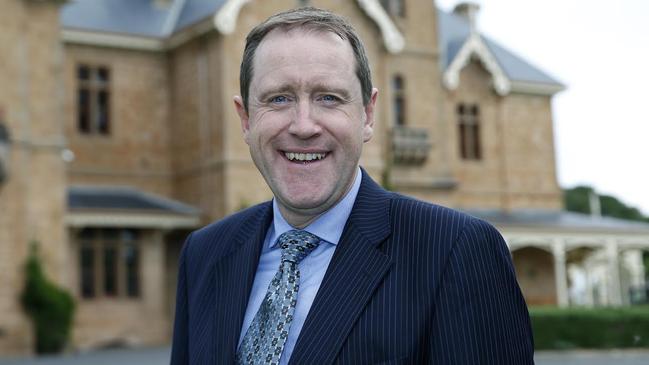
The state’s Independent Education Union provided The Advertiser with data from Senate Estimates, which projected how much money each school was set to receive next year.
It showed St Peter’s College will be $358,000 a year worse off under the changes, followed by Wilderness ($170,600) and Pembroke ($165,200).
Walford would lose $144,400 per year, Scotch $127,000 and Pulteney $96,000.
According to the data, Tyndale Christian School at Salisbury East was in line to receive the largest increase in funding ($1.9m).
That would be followed by Temple Christian College ($1.6m), King’s Baptist Grammar ($1.3m) and Emmaus Christian College (1.04m).
Funding for many Catholic schools is bundled together for Catholic Education SA to distribute.
Independent Education Union SA secretary Glen Seidel said the changes were unlikely to have a big impact on schools’ overall finances.
“For the high fee schools, federal funding is generally less than 20 per cent of their income and the reductions are less than 1 per cent of their incomes,” he said.
“Nobody likes to lose income but schools have known this is coming for some years and should be prepared for the adjustments.
“There shouldn’t be any shock and awe as these changes kick in.”
Mr Seidel said over time, various mechanisms were used in an attempt to ensure “better off” schools received less funding per student than those serving poorer communities, where parents weren’t able to contribute as much to the cost of education.
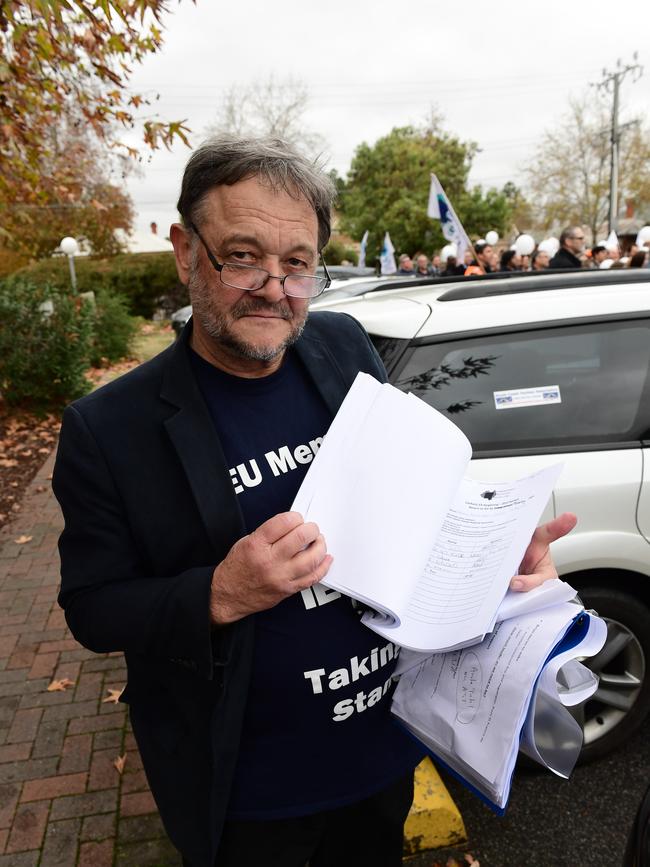
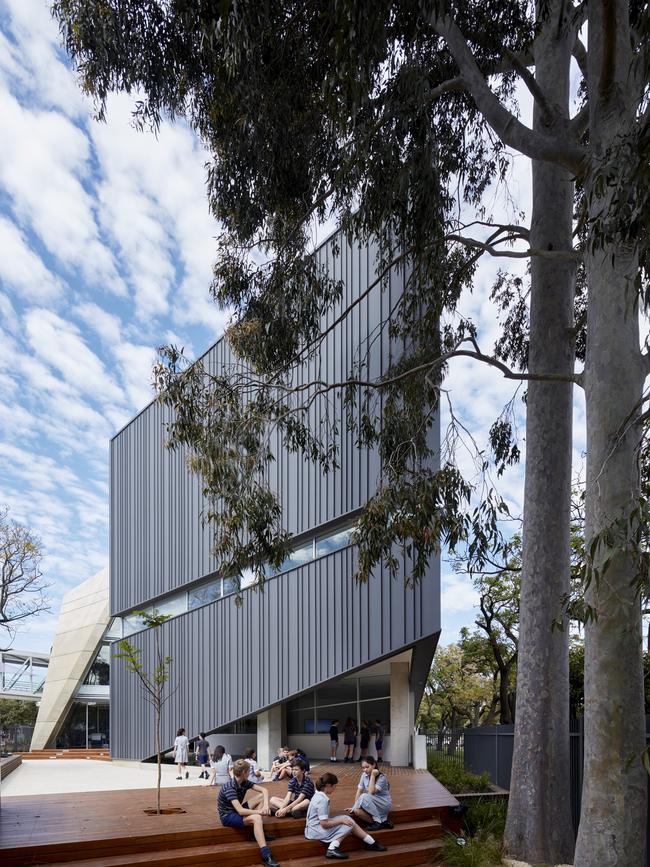
Mr Seidel said under the changes, those schools receiving less funding would have to either find other ways to increase their income, reduce expenditure or dip into their reserves.
Pembroke principal Luke Thomson understood his institution would lose much more funding under the new model than the amount provided during Senate Estimates.
“Diversification of income will be ever more important for Pembroke and other independent schools experiencing a shortfall in government funding,” he said.
Mr Thomson said strong enrolments were “imperative” and budget efficiencies “prudent”, without hindering students’ education.
Tyndale Christian School’s acting head of schools Phil Jones did not comment directly on the extra funding his school was set to receive.
However, he said funding amounts were affected by factors including families’ socio-economic backgrounds, a school’s size and remoteness and the number of students who were indigenous or from non-English speaking backgrounds.
The federal government provided background information but did not comment on the merit of the changes.




